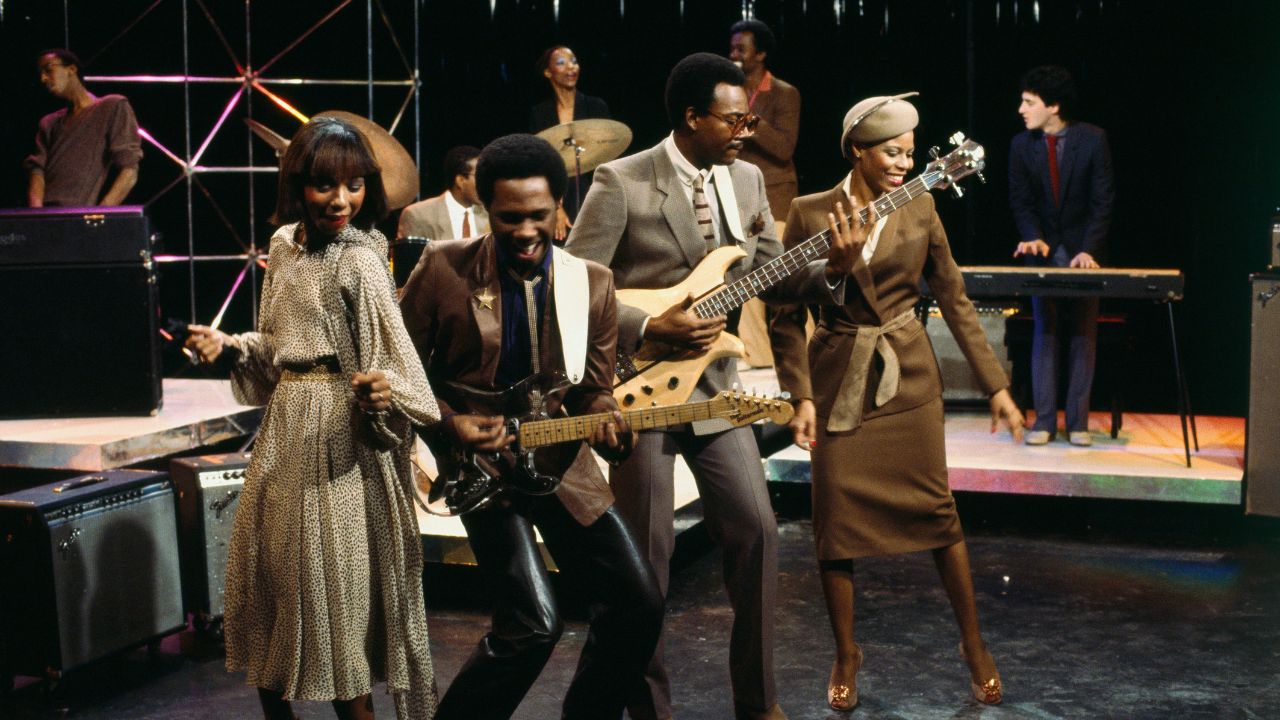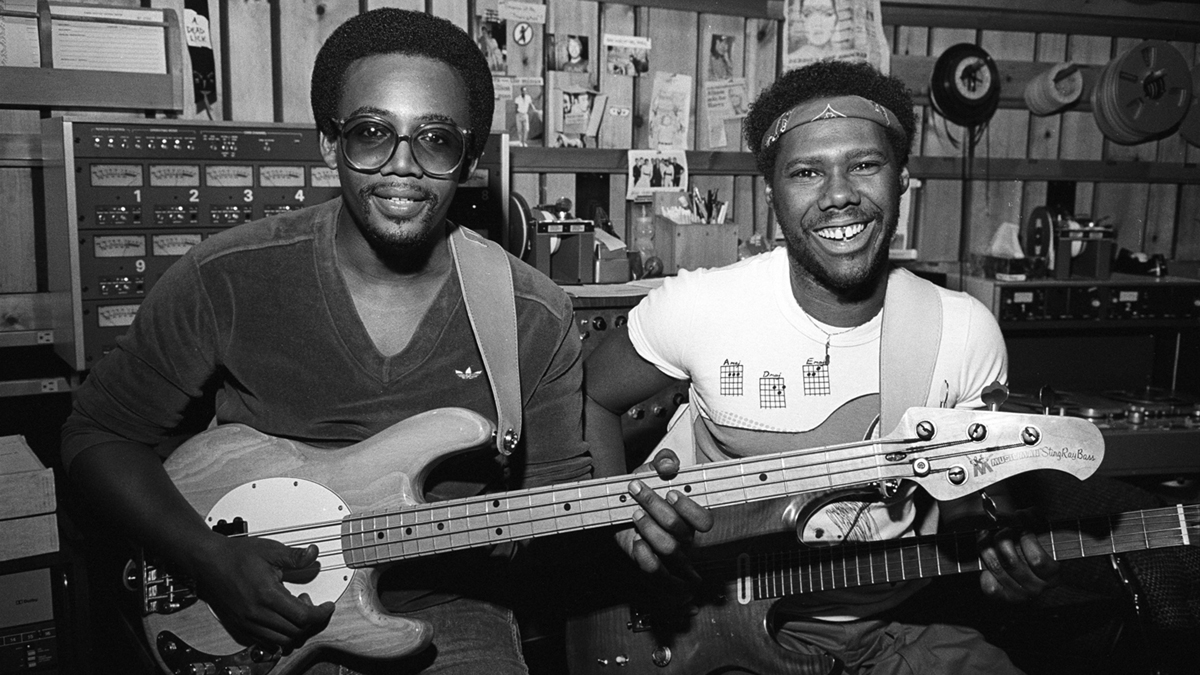
With Chic, bassist Bernard Edwards brought a new sophistication to late-'70s disco with hits like Le Freak and Good Times, songs propelled by his stylish funk basslines and guitarist Nile Rodgers' signature chicken-scratch sound.
Rodgers and Edwards, who co-founded the group, also went on to write and produce hits for others, including the 1979 smash We Are Family for Sister Sledge and I'm Coming Out and Upside Down for Diana Ross.
For bassists, Edwards – who died in April 1996 after collapsing onstage – is an icon. He elevated the role of the bass guitar with articulate, well-thought-out bass parts, deep musicality, and a distinctive playing style that became an integral part of the band's unique sound.
Speaking to Bass Player in 2016, Rodgers said Chic worked hard to create that sound. “We analyzed the Brothers Johnson and Rufus with Chaka Khan, and we decided we needed to have a sound that people knew was Chic when they heard it. We spent a great deal of time working on that.”
For inspiration, Edwards would also turn to Motown's James Jamerson, Atlantic session great Jerry Jemmott, and Larry Graham, Sly & the Family Stone's slap-and-pop pioneer.
Rodgers also remembered other musicians checking out Edwards' unusual playing style. “When we were on the tour with the Brothers Johnson, I used to see them standing at the side of the stage and going, ‘How is he doing that?’”

“He played with his forefinger and thumb, like he was holding a pick. The strength of the low-end came from his thumb on top and the other three fingers curled up underneath, so he'd strike the string with the bottom and top of his finger. He had the fattest pick you could ever imagine!”
“Bernard's fingers would often bleed. If we played a two- or three-hour show, the blood would be dripping down the bass! But that's just how he played.”
Duran Duran's John Taylor was just starting out as a musician when he became aware of Bernard Edwards. “The first time I really heard bass was on Chic's Everybody Dance,” said Taylor in the January 2008 issue of Bass Player. “His bass playing was melodic, energetic, and it just made me feel good.”
Everybody Dance opens with a bombastic four-bar bass theme, which clips along at a brisk, 16th-note pace. Remember, Edwards didn't employ the normal fingerstyle technique of alternating the first two fingers; instead, he held his thumb and index finger together as if he were holding a pick, alternately striking the string with the top and bottom of his index finger.
Whether you try this potentially painful approach or use a soft pick, keep the alternation steady so your downstrokes hit the downbeat eighth- and 16th-notes while your upstrokes handle upbeats.
During the song's breakdown and outro, Edwards took a syncopated quarter-note line and went off, with breakdown variations on the first half of the four-bar phrase. Remember, this is cruising along at 130 beats per minute!
“I don't like to get too note-y, and my part is usually a reaction to a rhythm of Nile's,” Edwards told Bass Player in 1992. “He'll start playing a chord and I'll pick up on the rhythm. A lot of times there's no melody, so I have total freedom as to what I'm going to play. I'll come up with a line, and then we'll write around it.”
Edwards told Bass Player that he felt Good Times would be the song that Chic would be remembered for. “My main role was to keep the bottom there, to keep the groove solid and steady. I play a lot on the E and A strings, and I stayed down at the first five frets for a fat, chunky sound.”
The punchy root notes and tight syncopation on Good Times helped launch a whole new genre of music, when Sugar Hill Records' house band copped the groove for Rapper's Delight. It also inspired Queen's John Deacon, who went on to write Another One Bites the Dust.
But what really makes Good Times merit its classic status was the song's more modest concerns of making people happy on the dance floor. And the bassline conveys the point almost better than the song's lyrics.







